Contact
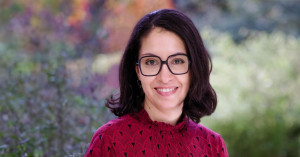
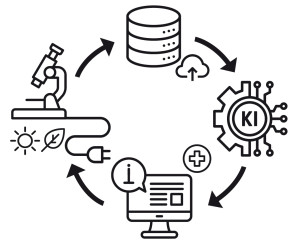
Advanced technologies, such as high-resolution microscopes, produce large amounts of data. And these again consume large amounts of electricity. In addition, there are refrigerators for samples, fume cupboards and small technical devices. While ISAS is upgrading to become greener, researchers at the institute are already working on methods to make microscopy more energy-efficient in general.
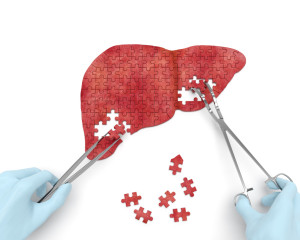
The life expectancy of patients with liver cirrhosis depends crucially on the occurrence of disease-associated complications, such as infections. Until now, however, an ability to predict these at an early stage has been lacking. A problem, often hindering doctors from administering antibiotics or even performing a liver transplant in time. Researchers at ISAS led by Prof Dr Matthias Gunzer therefore investigated the question: Could the mobility of certain immune cells be the decisive indicator of an impending deterioration in health?
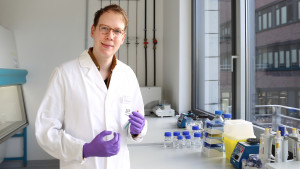
As a participant in the Clinician Scientist programme and physician at the Clinic for Neurology at Düsseldorf University Hospital (Universitätsklinikum Düsseldorf, UKD), Dr Christopher Nelke researches neuromuscular diseases. In this interview, he talks about his two-week guest stay at ISAS and the challenges that arise between the hospital bed and research.

Prophylactic, soothing or even healing agents, mostly natural substances, have been known to natural medicine since ancient times. But what about viral infections? Could infusions made from sage or perilla also be used against SARS-CoV-2 infections -as a prevention or an aid to healing? An interdisciplinary team of researchers led by Prof Dr Mirko Trilling from the Faculty of Medicine at the University of Duisburg-Essen (UDE) and scientists at ISAS investigated these questions during the coronavirus pandemic.
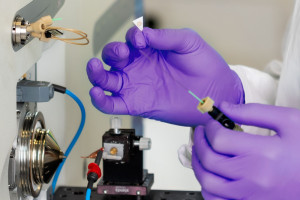
Researchers who analyse complex samples using mass spectrometers are often faced with the challenge that the substances they contain are fundamentally different. Some are chemically polar, others are non-polar. Until now, this has required two complex separate analyses. But a researcher at ISAS has developed a method with which even less polar substances can be included in a standard mass spectrometric analysis for polar biological substances.
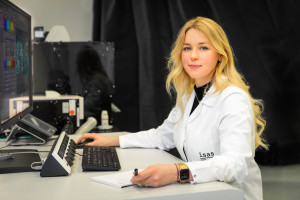
Darleen Hüser is looking for the immuno-cellular fingerprint of rheumatoid arthritis. In this interview, the doctoral student reveals her razor-sharp research and why she needs different microscopes.
